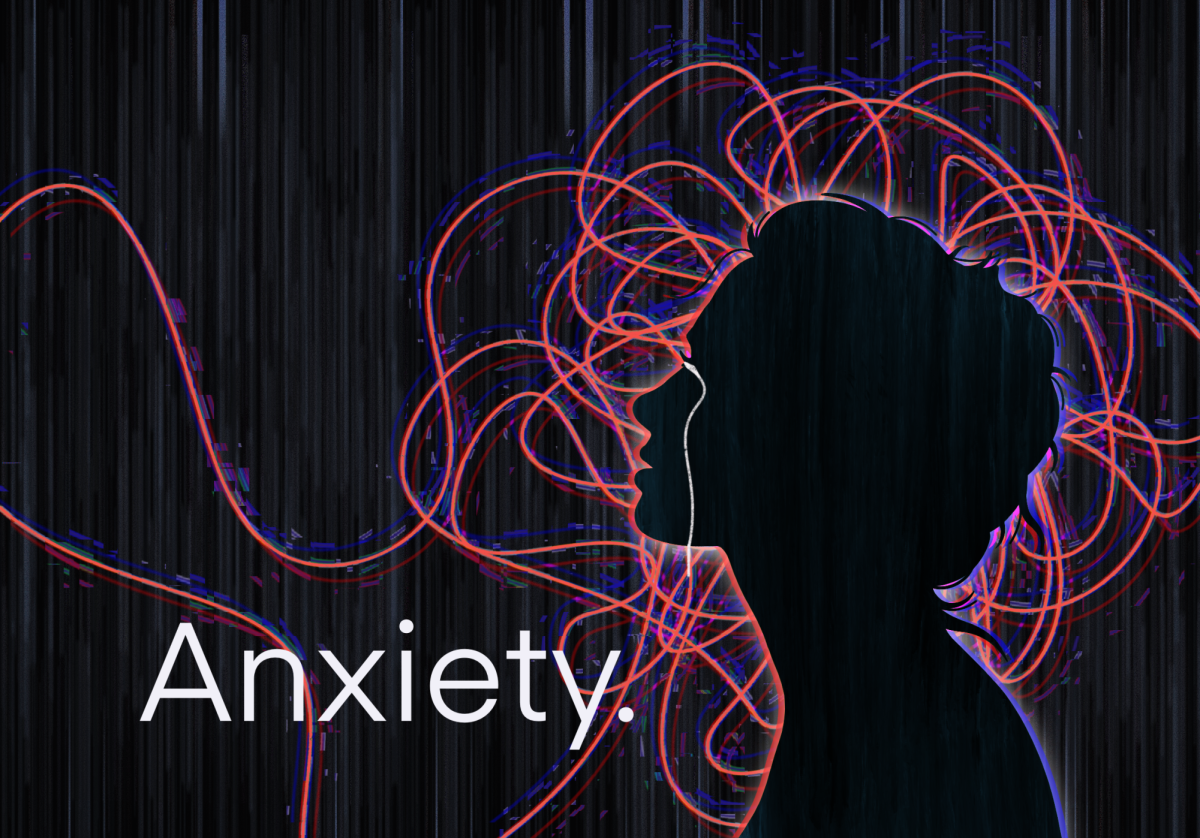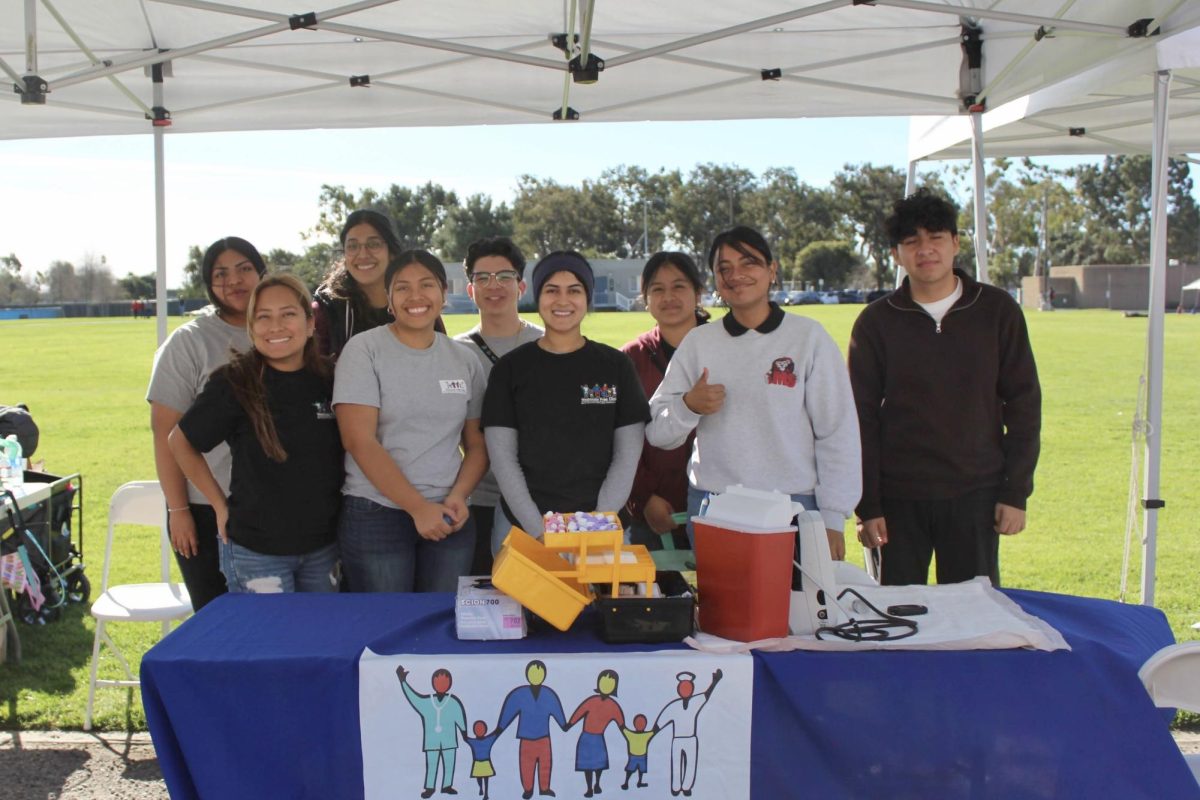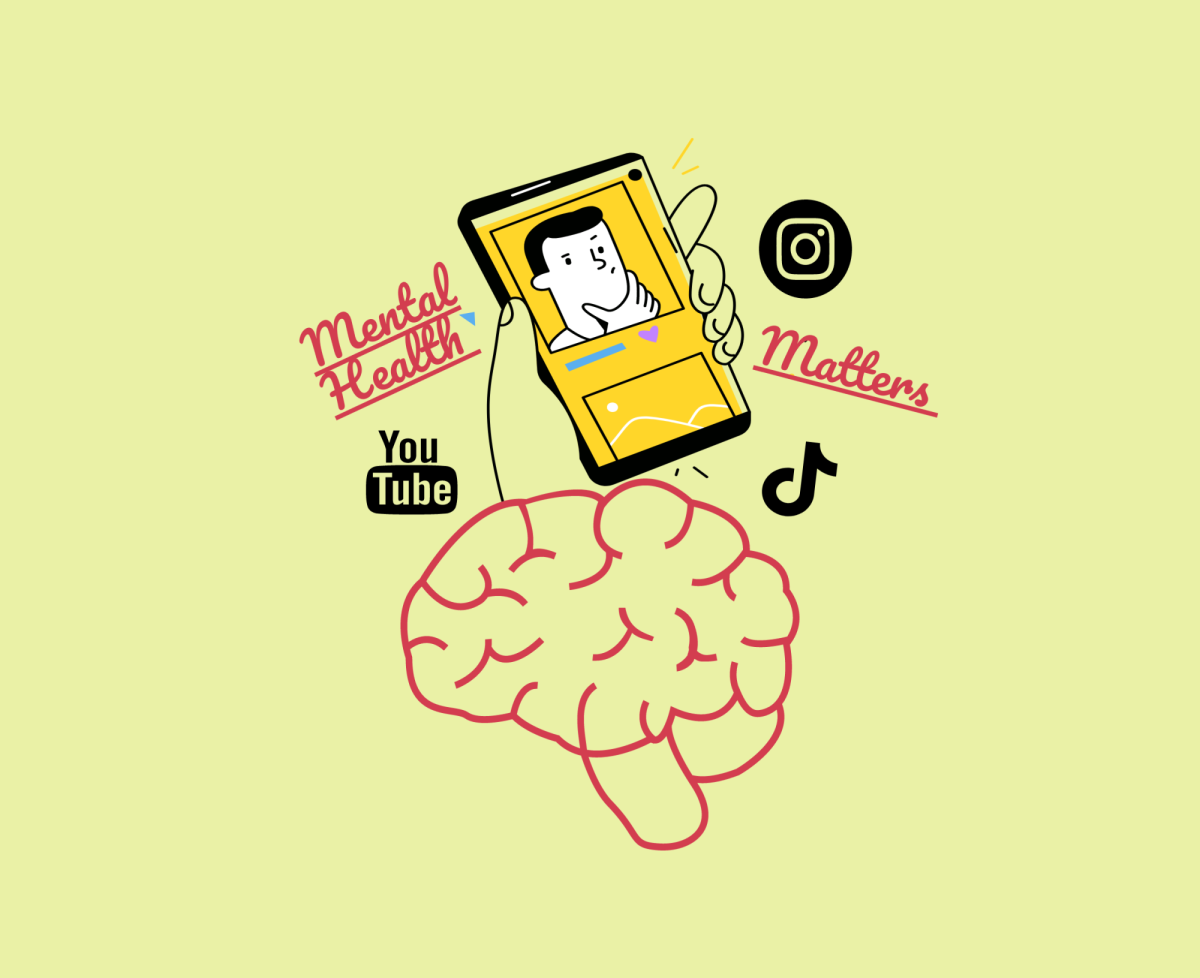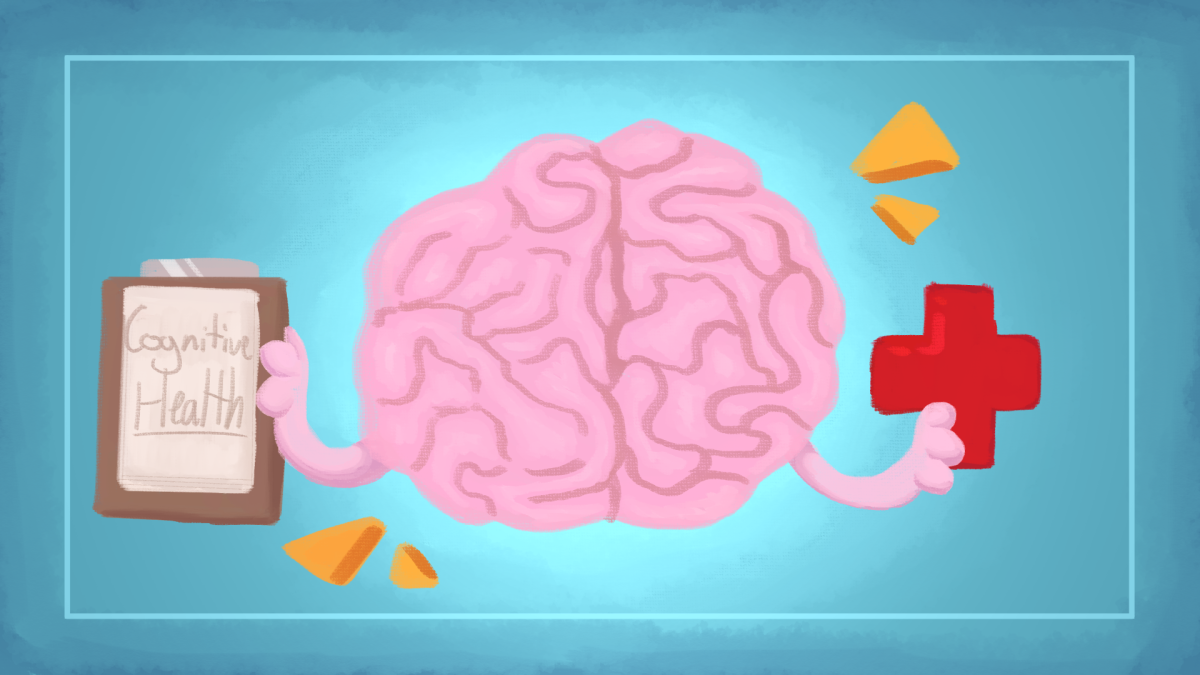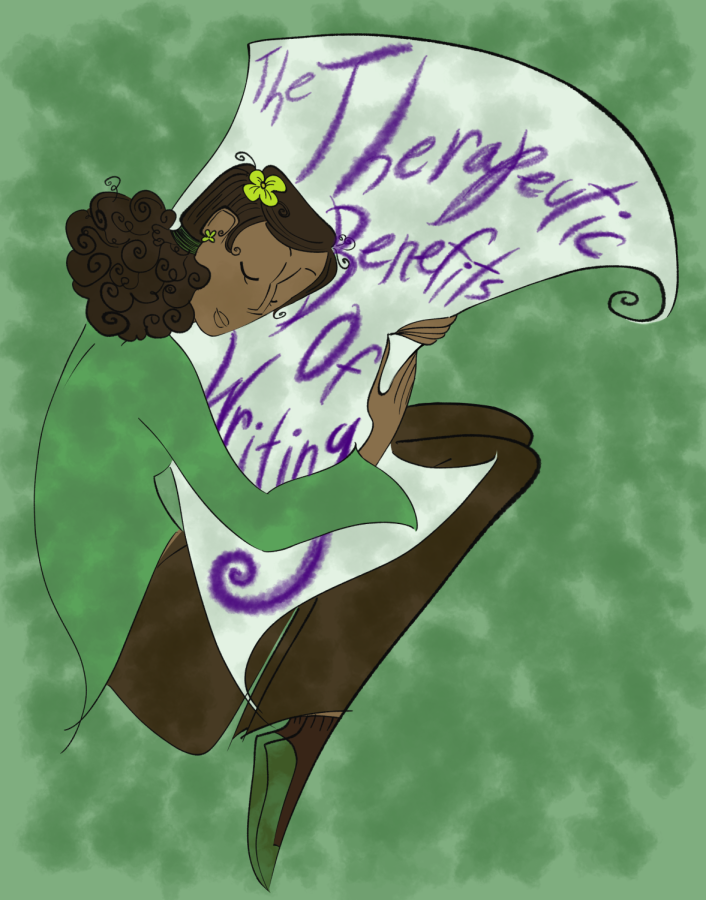
Carbivores, bread lovers, and wheat eaters: don’t fear! Sacrificing all wheat, rye, and grain products isn’t the end, nor is it completely necessary to successfully maintain a gluten-free diet.
Gluten, a protein often found in grains (barley, wheat, etc.), can lead to indigestion and inflammation of the small intestine. People diagnosed with celiac disease are subjected to this intestinal damage every time they ingest gluten.
Gluten-free doesn’t necessarily mean healthier; the grains that contain gluten also hold nutrients such as “calcium, iron, magnesium, and fiber,” according to the article “The Truth About Gluten.” Going gluten-free can be risky for people without celiac disease, as they’re giving up important nutrients.
However, if they know what foods are available to eat, eat foods with nutrients such as iron and fiber, and have a positive attitude, then they can successfully and healthily partake in the diet.
Senior Natalie Waecther began her gluten-free diet around Thanksgiving of last year. Her water polo coach suggested the diet, and Natalie embraced the challenge.
“I just thought, ‘You know, let’s try this and see how my body reacts to it,’” she said. “With my family eating bread and pasta every single night, I was like, ‘Let’s mix this up. Let’s change this a little bit.’”
Although hard in the beginning, Waecther said the new diet has become increasingly easy for her. She knows which foods to eat and which to avoid.
“I eat a lot of the same things that I used to. The hardest part is pizza and pasta and bread,” she said. “My dinners look a lot different than my family’s dinners.”
Some of Waecther’s meals include quinoa or rice pasta, rice flour bread, and gluten-free salads.
In order for the diet to work, one has to avoid certain foods that contain gluten products. Luckily, more grocery stores and restaurants are providing gluten-free products. These are great substitutes for foods that contain gluten; it also makes it easier to find food that follows the dietary guidelines.
And for the foods without that nifty label? According to an article by MayoClinic, anything that’s not labeled gluten-free or doesn’t contain a gluten substitute (such as corn, rice, or soy), should not be eaten. These foods include, “breads, candies, cereals, salad dressings, and soups and soup bases.”
Although this list may seem to eliminate many foods, there are still plenty of naturally gluten-free foods for the picking. These include “beans, seeds, […] fresh meats, fruits and vegetables, and most dairy products.” Eating a variety of natural foods from all the food groups will help one get the nutrients they need.
Waecther feels that her diet has helped her keep up with her demanding sports.
“I was averaging three practices a day. I would wake up the next morning, not feel tired at all,” she said. “You can do more, and you’re not tired because you’re not living off that short energy, you’re living off long energy.”
Going gluten-free takes guts, discipline, stamina, and strong will-power, and the sense of accomplishment (for those with or without celiac disease) cannot be replaced.


